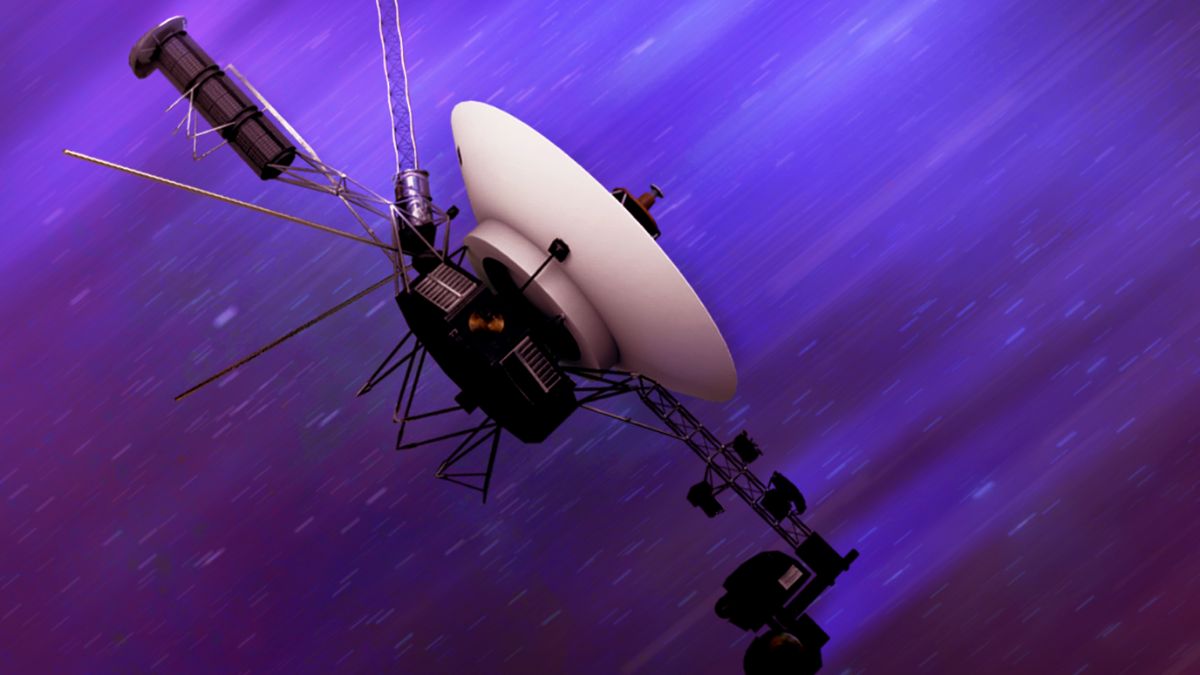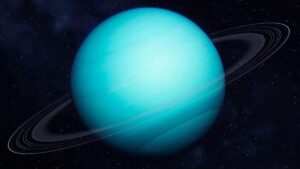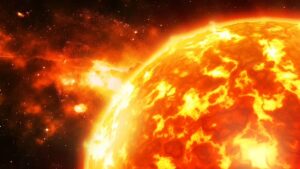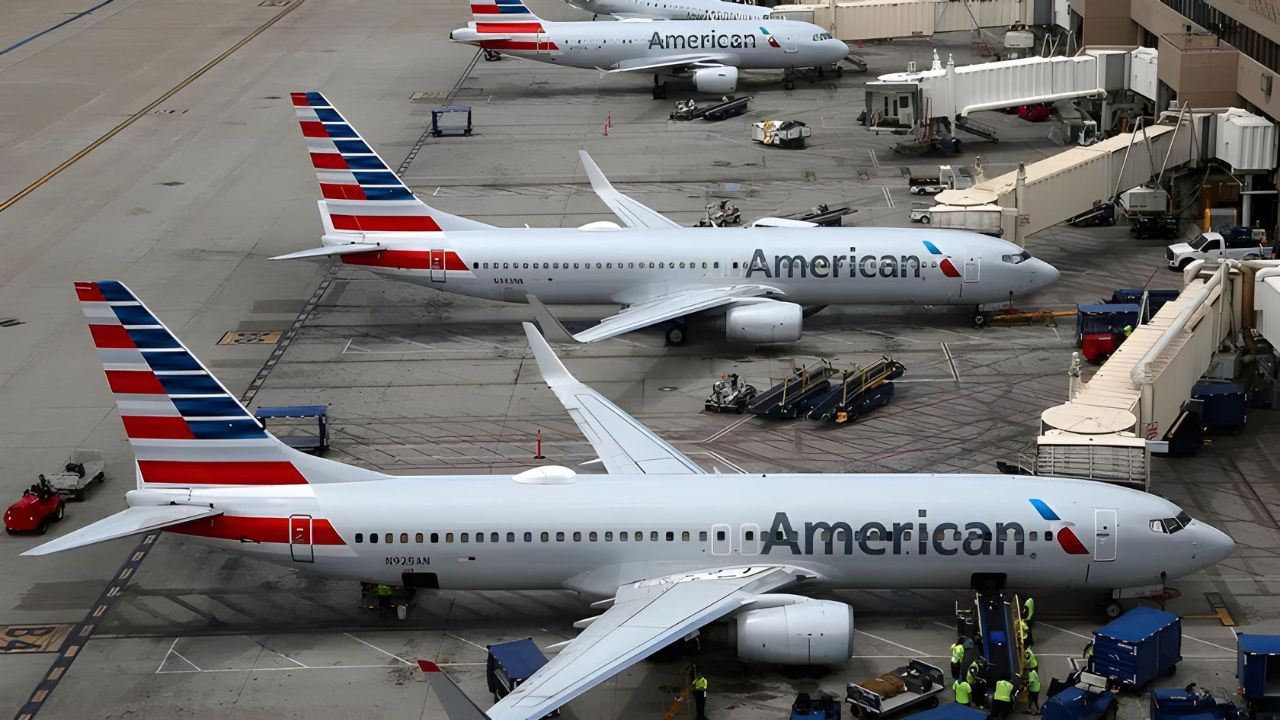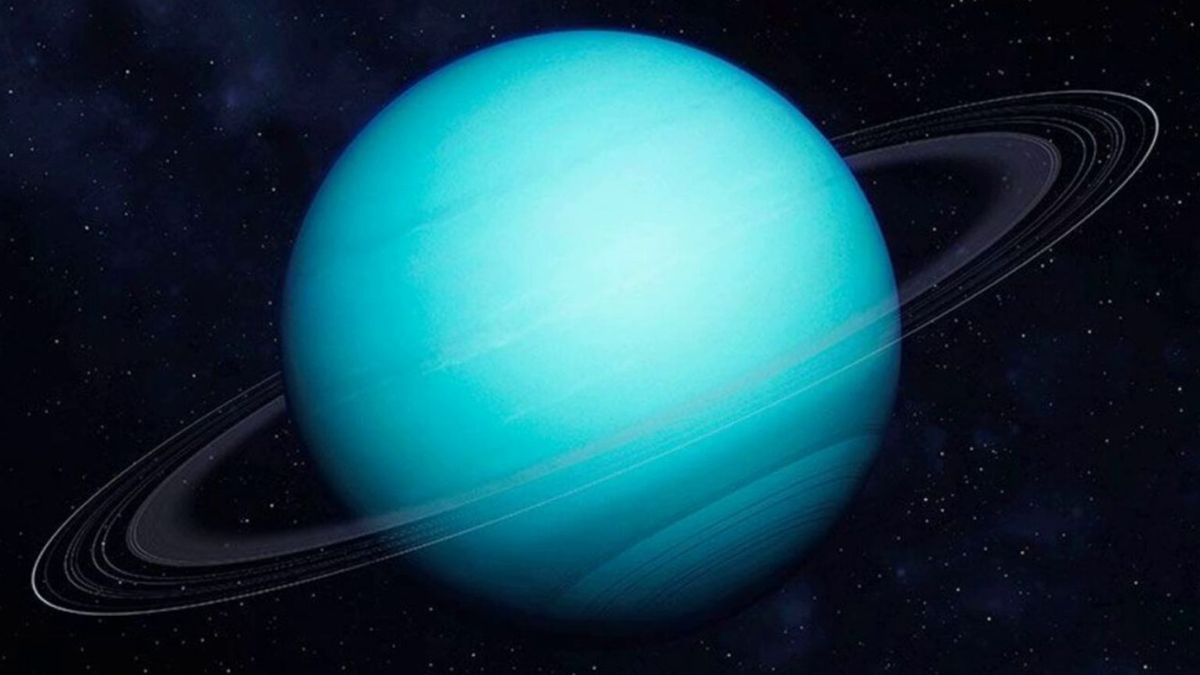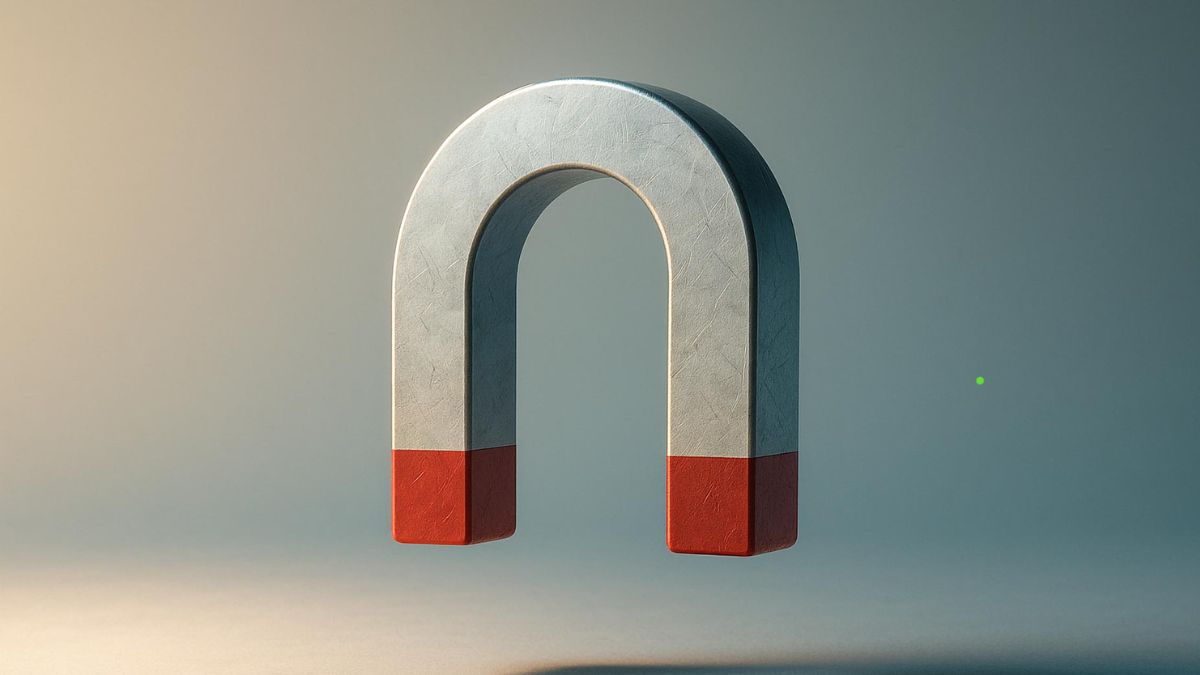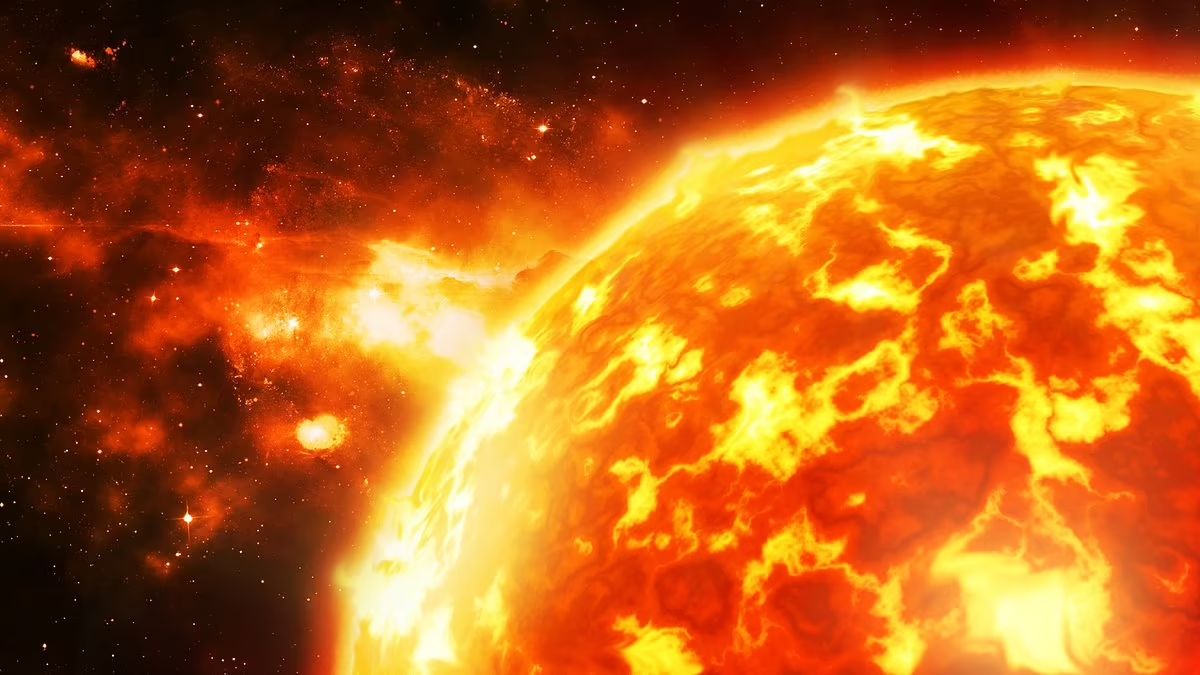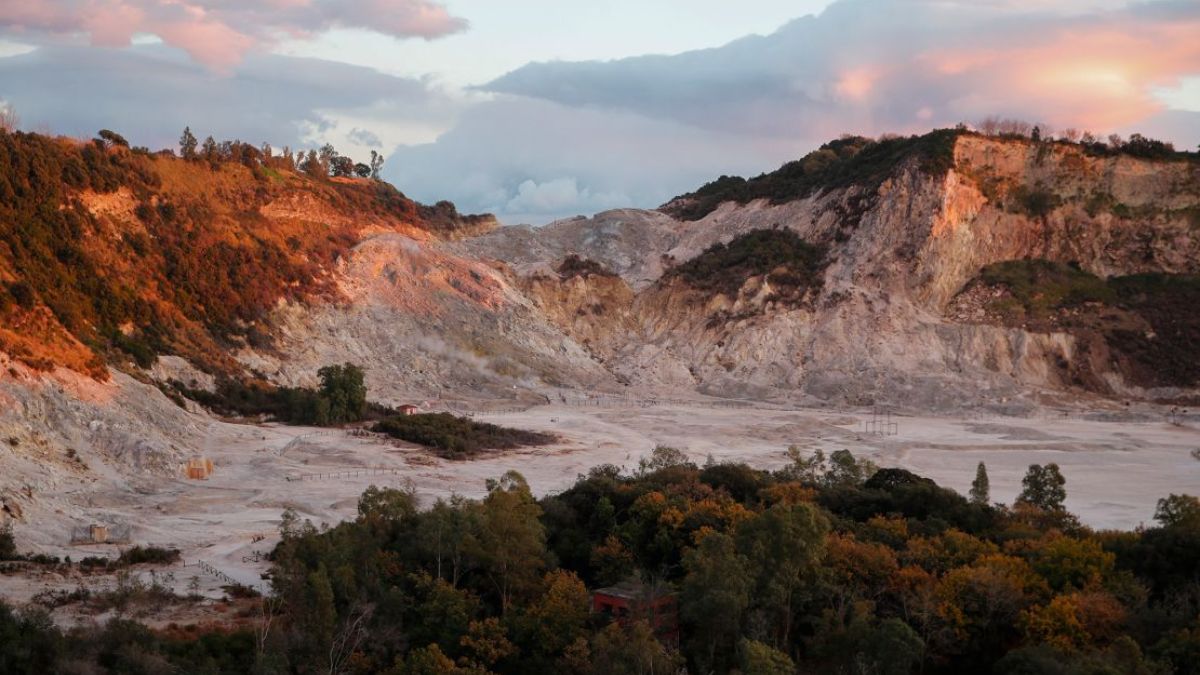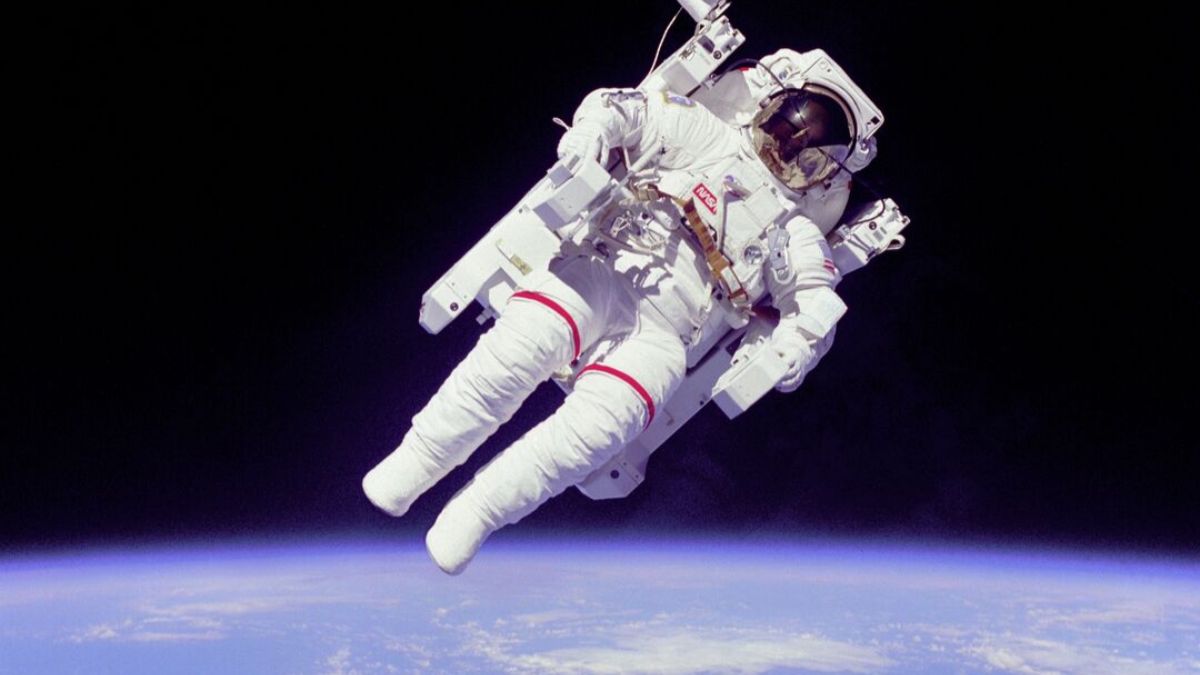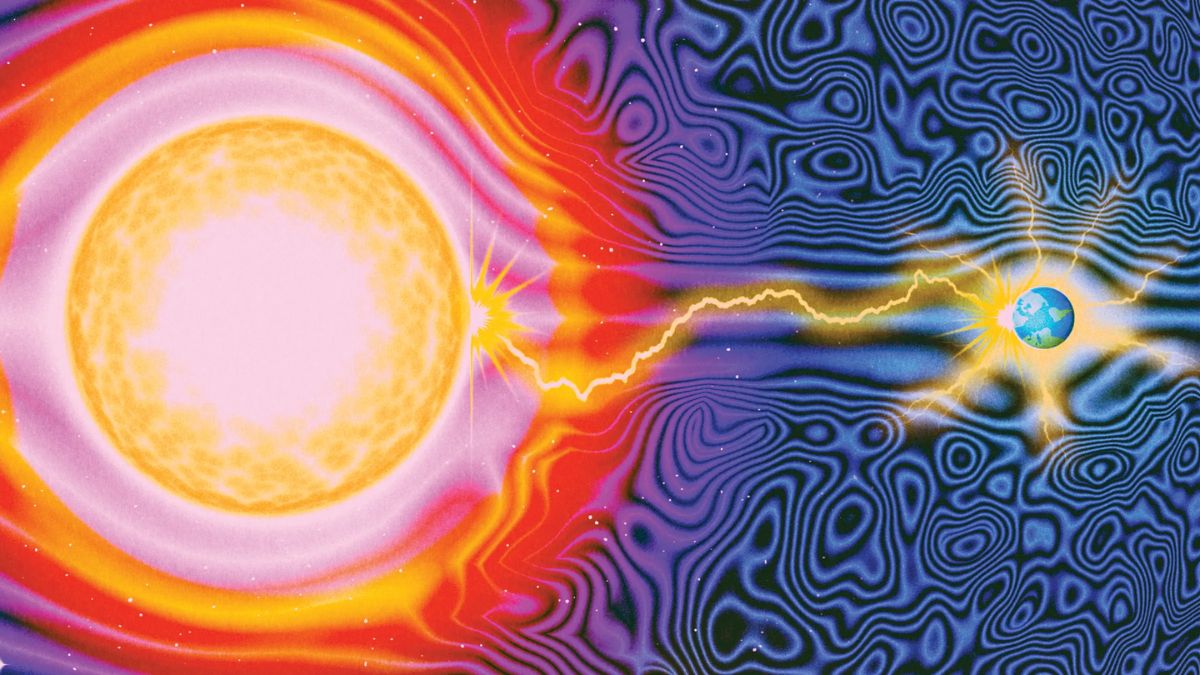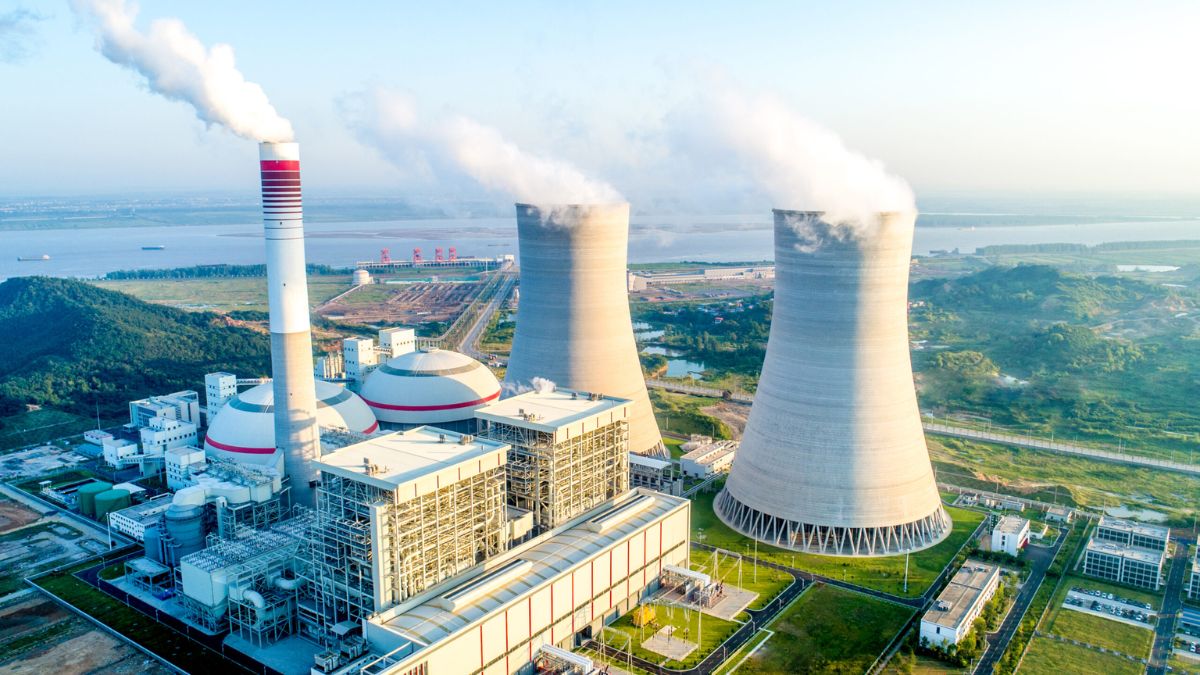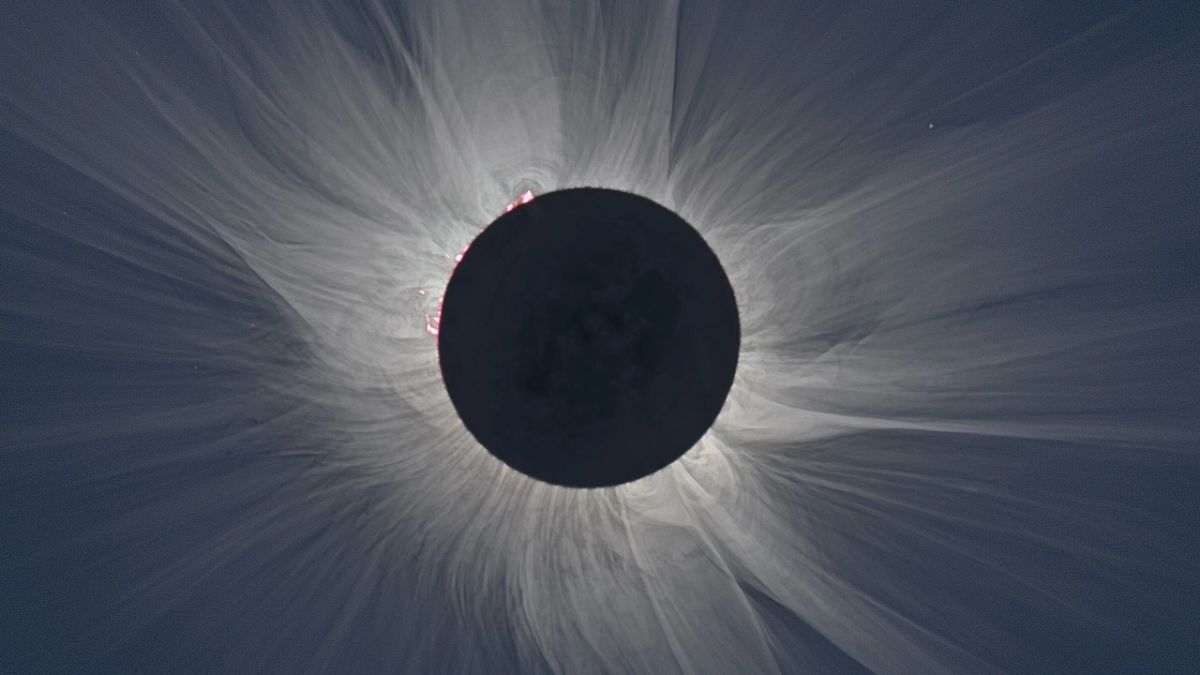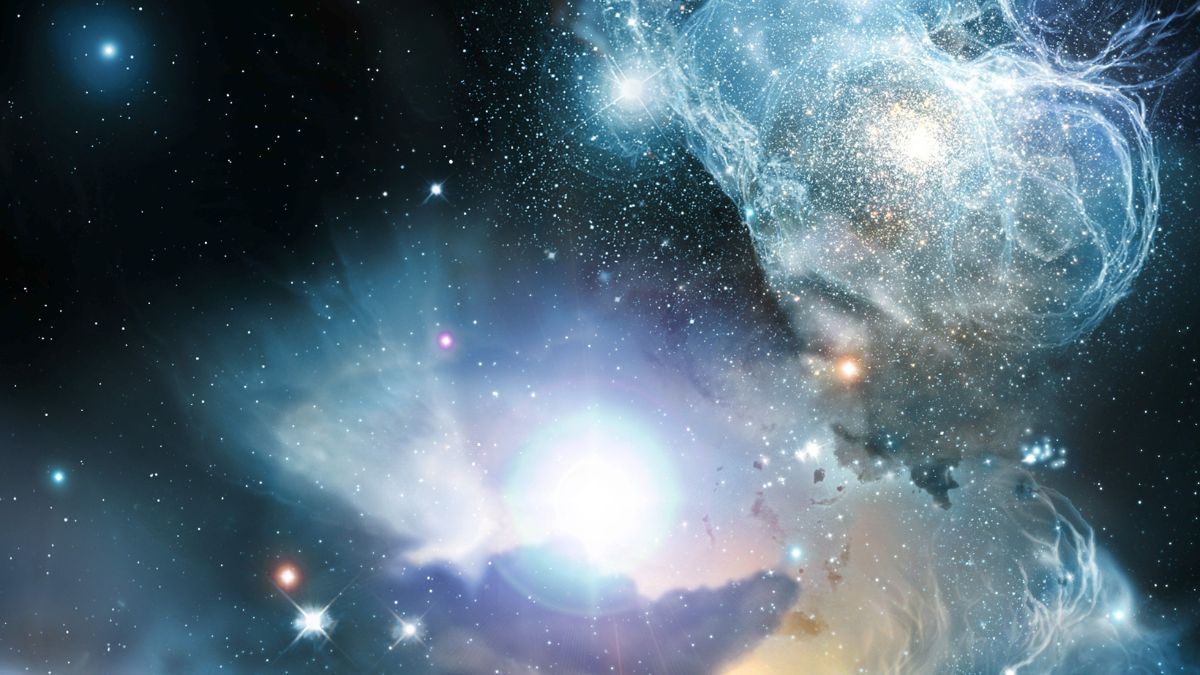Just when we thought it was the end, Voyager 1 pulled off the ultimate comeback. This legendary space probe, launched back in 1977, has stunned scientists by reviving thrusters that hadn’t worked in over 20 years. Against all odds—and a ticking clock—NASA engineers pulled off a last-minute miracle before the only antenna capable of communicating with it went into maintenance.
No, it wasn’t luck. It was brilliant engineering, patience, and a whole lot of faith in a spacecraft that’s outlived every expectation.
Voyager
If you’ve heard of Voyager 1, you know it’s no ordinary machine. It’s a NASA space probe launched more than four decades ago, tasked with exploring the outer solar system. Over time, it became the most distant human-made object, currently 25 billion kilometers from Earth, venturing through interstellar space.
But Voyager 1 isn’t just a scientific tool—it’s also a message in a bottle. Aboard the probe is the Golden Record, filled with music, greetings in 55 languages, natural sounds, and even Beethoven—just in case an alien civilization stumbles across it one day.
Mission
Voyager 1’s mission isn’t just about distance; it’s about what it can teach us. The probe travels at a jaw-dropping speed of 56,000 km/h, constantly adjusting itself to keep its antenna aimed at Earth. That involves three movement types:
- Pitch (up and down)
- Yaw (left to right)
- Roll (spinning on its axis)
These movements let Voyager recalibrate instruments like its magnetometer, which helps detect cosmic fields and particles in deep space.
Now here’s where it gets interesting: the roll thrusters, essential for that spinning motion, hadn’t worked since 2004. NASA assumed they were permanently frozen, and switched to backup thrusters.
Problem
Fast forward 20 years—those backup thrusters started to clog too. With both systems failing, Voyager 1 risked losing its ability to stay pointed at Earth, which would make communication—and the mission—impossible.
Enter the heroic engineering team at Jet Propulsion Laboratory (JPL), led by Kareem Badaruddin. With limited time before the Canberra antenna (the only one that could talk to Voyager) went into maintenance, they had one shot.
Plan
So, what did they do? They went back to the original issue from 2004 and reviewed the telemetry data. Their bold theory? A simple switch was in the wrong position. If they could toggle it, the heaters might come back on—and thaw the original roll thrusters.
It was risky. If they were wrong, the frozen fuel could look or damage the probe’s system beyond repair. But with nothing to lose, they sent the command and waited.
Result
For 48 hours, the team could do nothing but hope. Then, on March 20, a signal came back—and it was good news.
It worked. The thrusters came back to life after 20 years of silence. The team’s gamble paid off, and Voyager 1 once again has a reliable way to stay in position and keep sending data from the edge of the known universe.
Impact
So, what does this mean? It means Voyager 1 is not done yet. It still has life left, still has secrets to share, and still represents one of humanity’s greatest achievements in space exploration.
Once the backup thrusters completely fail, these newly revived thrusters can take over. It’s like finding out your old car in the garage still runs—except this car is in deep space, billions of kilometers away.
More importantly, it shows us the power of persistence, the value of human ingenuity, and the belief that even the smallest fix can make a huge difference.
Legacy
Voyager 1 has become more than a space probe. It’s a symbol of human curiosity, endurance, and hope. After nearly five decades, it continues to send us valuable information about what lies far beyond our solar system.
From Saturn and Jupiter’s photos to exploring cosmic radiation in interstellar space, Voyager 1 has done it all. And now, thanks to a brave last-minute fix, it gets to keep going.
It reminds us to never give up—even if the odds seem stacked against us. And maybe, just maybe, Voyager 1 will still be out there when the next generation of explorers is ready to follow.
FAQs
What is Voyager 1?
Voyager 1 is a NASA space probe launched in 1977 to explore space.
How far is Voyager 1 now?
It’s over 25 billion kilometers from Earth, in interstellar space.
What did engineers fix on Voyager 1?
They revived roll thrusters inactive since 2004.
What is Voyager 1’s speed?
It travels at about 56,000 km/h through space.
Why is Voyager 1 important?
It sends data from deep space and carries Earth’s message to space.

